|
Barren trees are a recurring visual motif throughout "Kokuhaku Suru Kioku," a reminder of the mazoku's barren, bleak future. They are seen throughout KSK but most frequently accompany moments when the mazoku are troubled by loneliness, perceived abandonment, or bitter feelings about their lot, whereupon the trees dominate the frame; usually, little else is then present but the characters and a blank, empty white.

When Tagak, Morris, and Ghaleon leave for their new future at the end of the story, however, the frame is overflowing with lush greenery, symbolic of new life.
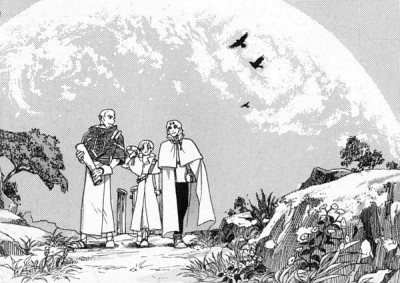
Speaking of new life, also note the two small plants present in the frame when little Niea makes her first appearance.
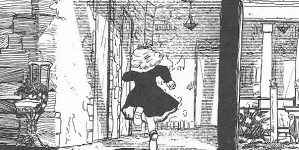
The barren trees return, however, when Ghaleon visits Niea's grave.
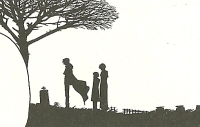
As Ghaleon recalls his failed relationship with Zain, he is shown in a probably-figurative image standing apart from the group gathered around Zain's deathbed, back turned to his dying brother. It perhaps symbolizes his attempts to make his rejection of his brother conspicuous, even in Zain's dying days.
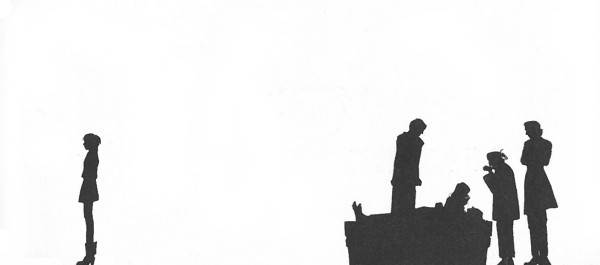
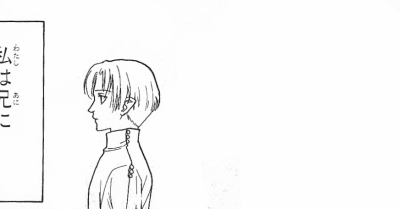
Later, when the guildmistress asks Ghaleon in the cemetery what spurred him to complete the airship, Ghaleon's initial response is blank silence.
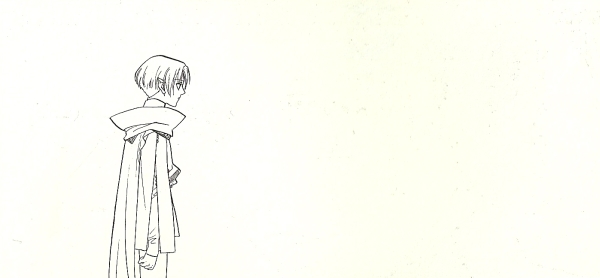
Taken alone, the panel composition represents Ghaleon being at an utter loss to provide a conscious explanation for his own behavior. It is obviously meant, however, as an echo of the earlier panels - Ghaleon now turned toward the other end of the panel, where his brother once was and now is not. It provides an unspoken answer to the guildmistress's question about his motive - his never-fulfilled desire for his brother's attention and love.
Back.
|